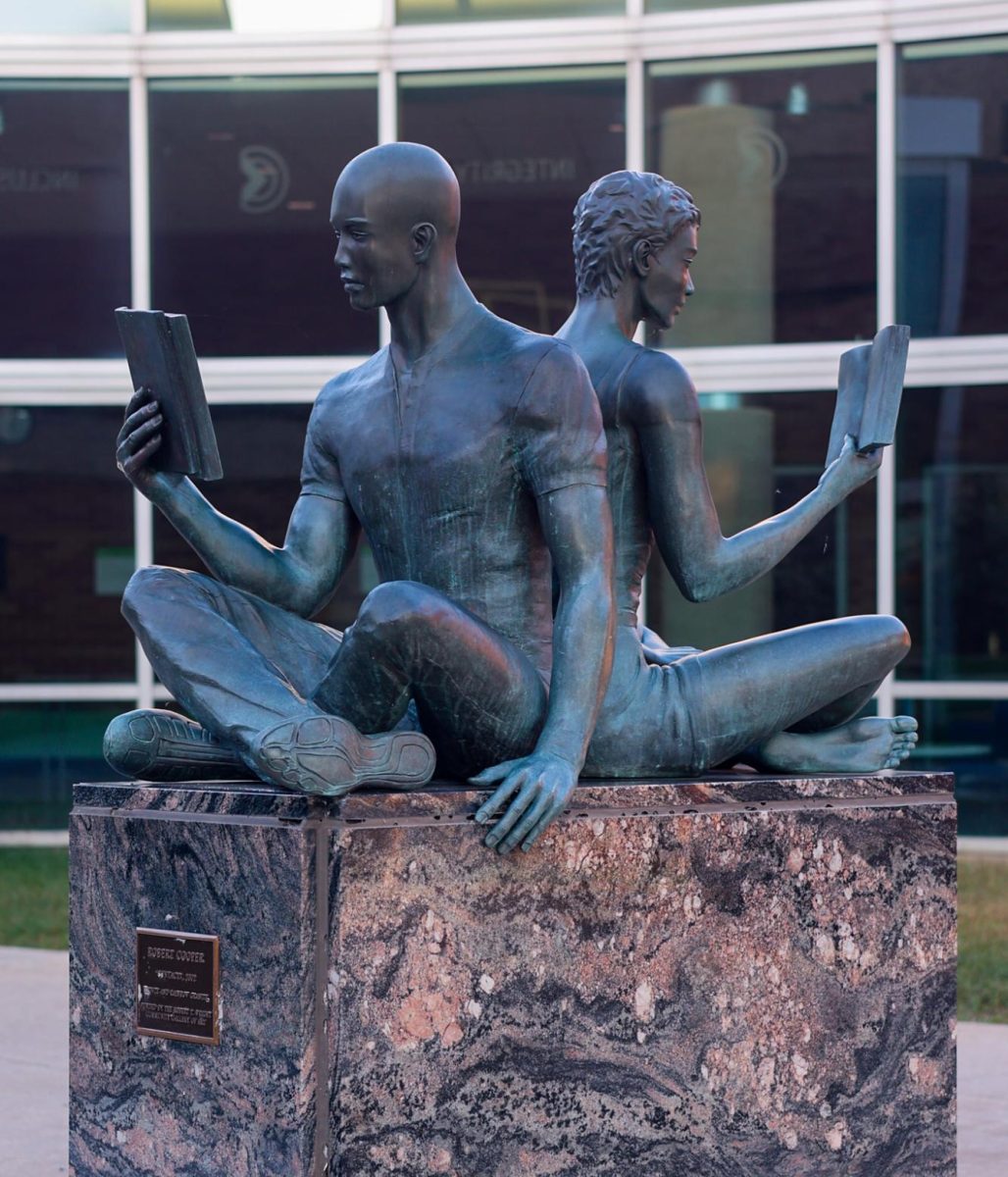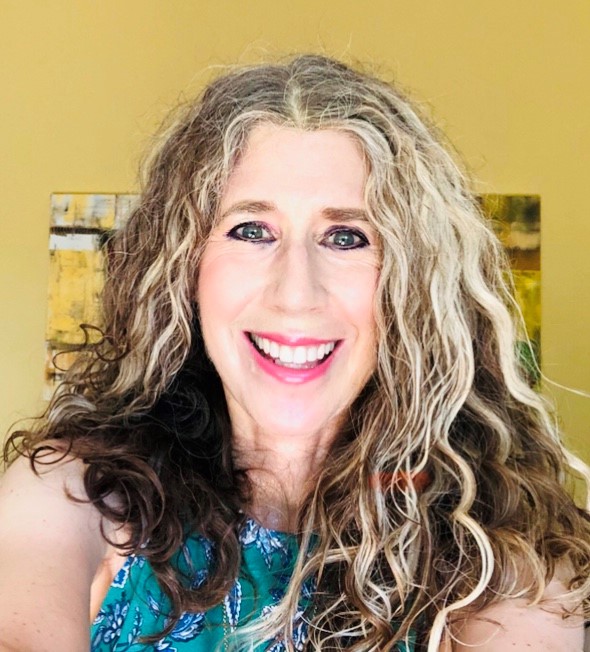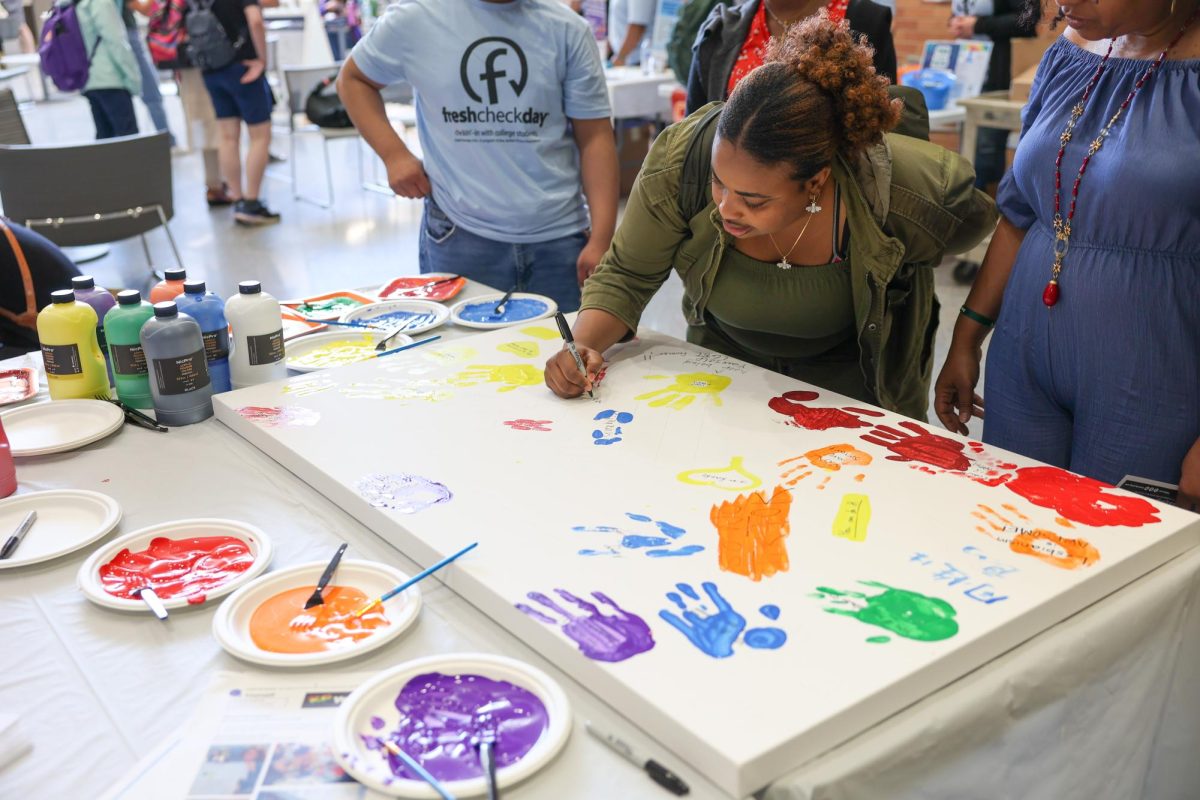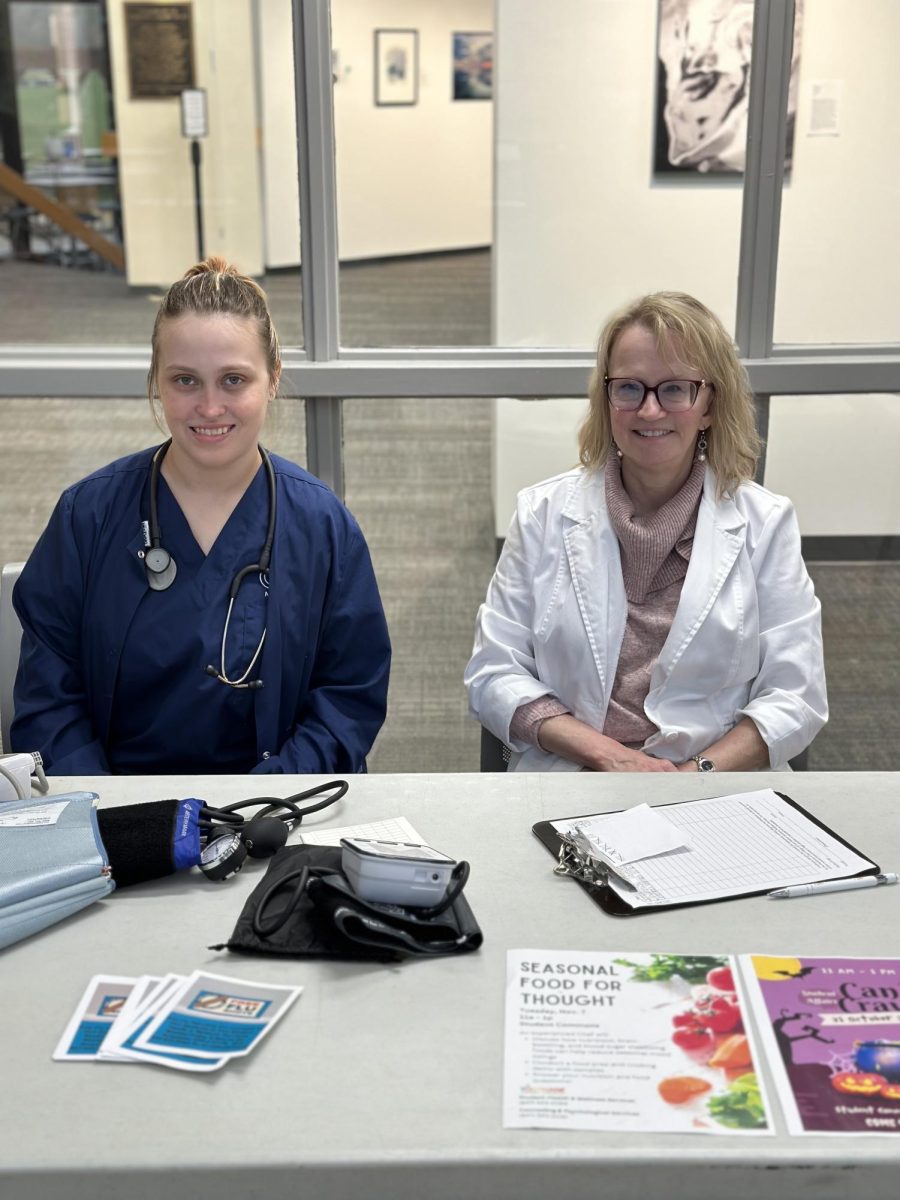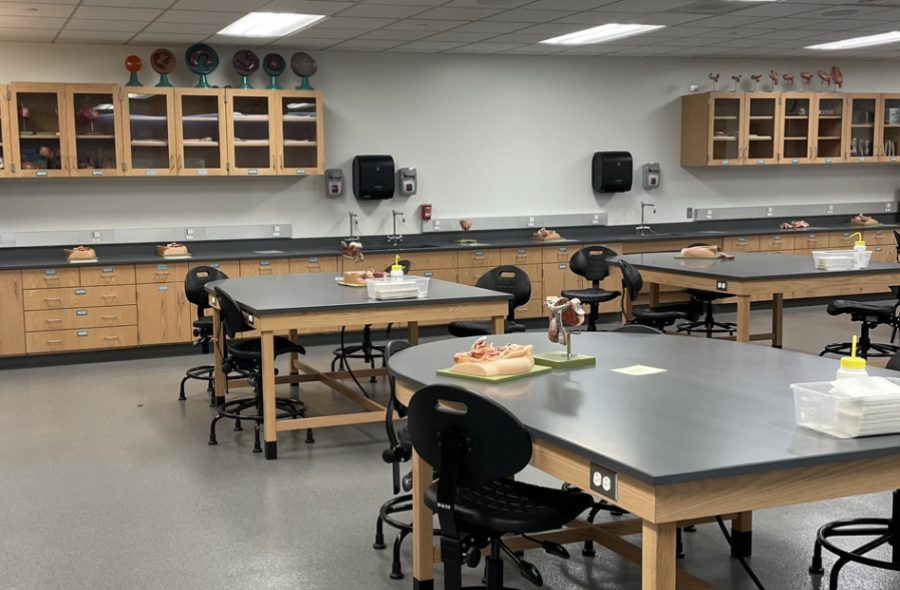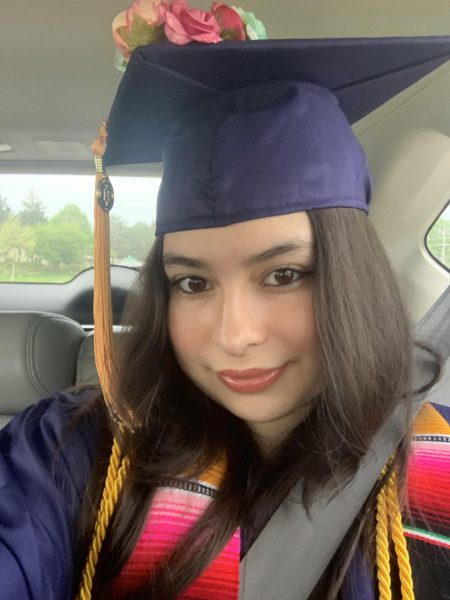“We are allied health professionals that provide quality patient care in the perioperative environment,” said chair of the CLC Surgical Technology Program to describe what a surgical technologist is.
“The main focus of the surgical tech’s profession revolves around instrumentation, equipment, and supplies. Keeping those prepared, organized, and available during surgical procedures,” Eliot Eggler added. “We really work as a key element during surgery to assist the surgeon and the operating room team to provide quality patient care.”
To be equipped for the field, Eggler said students must complete an associate program in applied science and surgical technology. Typically, this is a two-year program. The core curriculum is one year and consists of classes that include microbiology, three courses dedicated to surgical procedures, pharmacology, and a course that prepares students for the certification exam in the summer.
“We offer one cohort every year of students that complete the courses sequentially,” Eggler said. “Additionally, our students complete four eight-week clinical rotations in a variety of clinical locations in and around Lake County.
“During these clinical rotations, our students complete a minimum of 120 surgical procedures and a variety of surgical specialties, all which coincide with our accrediting body standards. The majority of our students get offered jobs at their clinical sites prior to graduating from the program.”
Eggler said students get first-hand experience that helps them develop their skills, adding that the ideal candidate is passionate about helping others, enjoys collaborating and working as a team, and “doesn’t mind anatomy and seeing blood.”
“We train our students to communicate effectively and to be assertive and compassionate which are essential characteristics of being a surgical tech,” Eggler said. “It’s important to have physical skills like liking to work with your hands, being on your feet, and constantly moving.”
The environment can be stressful, and Eggler encourages students to attend monthly zoom informational sessions in which he discusses the profession and answers questions. He also suggests referencing the program overview page to get a better understanding of what the career entails. Additionally, he listed himself as a resource who can be reached via email or phone.
Eggler said he also values diversity and inclusion.
“I am currently enrolled in our professional development Black and Brilliant course to learn how to specifically serve BIPOC and our African-American community,” he said, adding that there is constant work to diversify the classroom by revamping the curriculum to include diverse ethnicities to increase representation, have educational discussions, or simply by updating mannequins.
“In our summer SRG 114 course, we have an assignment that is centered around Vivien Thomas, who was an African-American pioneer in cardiovascular surgery, and we have discussions around his role and some of the inequities that he experienced in healthcare,” Eggler said.
“I attended the Achieving the Dream Conference which is focused around social justice and equity. It was a great conference! I was exposed to so many colleges and initiatives that they are undertaking to better serve their BIPOC students from recruitment to engagement to classroom strategies. I met some wonderful scholars from around the country who were able to share their stories, situations, and circumstances that they have been able to overcome.”
Eggler said much can be done professionally to address the social inequalities in the healthcare system, including “Increasing awareness around social inequalities and having discussions and acknowledging that they exist.”
“We hope our students as they head out and become professionals they can ideally engage at their workplace,” he added. “If they see inequalities that exist where they are working , they are empowered to be agents of change or to take a step and become the change they want to see.”
Eggler mentioned various changes that he intends to implement to improve the surgical technologist program – such as modernizing the lab space.
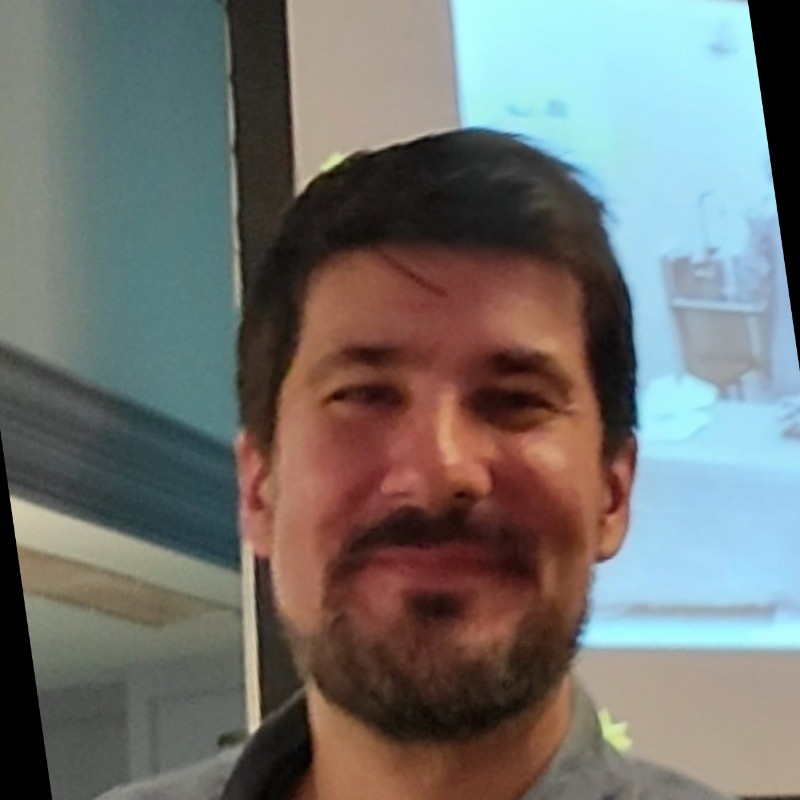
“Recruitment is an ongoing pursuit,” he said. “We are recruiting students continually. We made good strides since our last cohort. We are in the process of creating a marketing video. We did numerous outreach opportunities to middle schools and high schools – events that we host like our open house.”
“Revising admission screening process to analyze its effectiveness” is also a change Eggler is pursuing.
“We are also in the process of recruiting more clinical sites,” he said, describing an effort to enhance the program and provide students with necessary tools to succeed.
The program is also accommodating and has various support systems set in place for students to use,
“We promote the support services that are available to our students that may have disabilities or need extra support,” Eggler said. “We have embedded tutors in all of our courses. I am always available during my office hours to talk with students or provide extra help.”
Eggler described a day in the life of a surgical technologist: “I would generally arrive at the hospital by 6:30 a.m.. Make sure that I am swiped and changed into my scrubs and my personal protective equipment (PPE). I check in with my charge nurse about my assignment for the day. Touch base with my nurse that I am working with in the operating room for the day.
“Do my first surgical hand scrub so that I am ready to go. Verify my case cart, my instrumentation, my trays, my supplies, my equipment, my medications are all ready to go. That my operating room is prepared with the correct bed and the correct positioning equipment. And then go ahead setting up my procedure. Get ready for my case. At the end of the day you do your change of shift…Do your counts..change and conclude your day.”
He emphasized the importance of constantly communicating with the surgeons and the surgical team. He added that the number of cases that one does in a day varies on the specialty and where you are working.
“Asepsis or sterile technique is the foundation of a surgical technologist profession,” Eggler said. “We are the last line of defense in protection from patients getting an infection.”
Sterile technique is one of the most important practices of the surgical technologist.
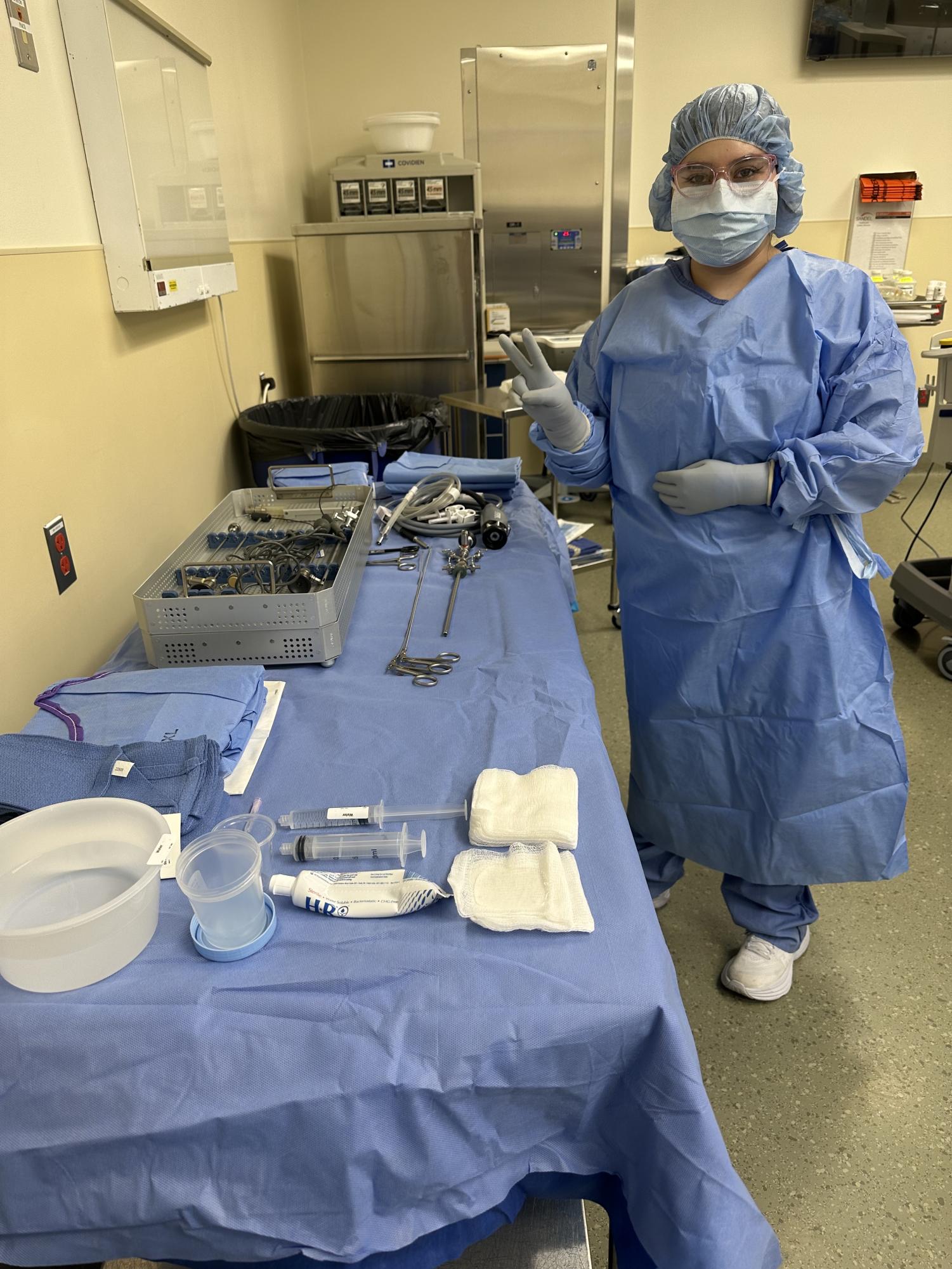
“Sterile technique is an attitude, a belief system, and also a set of procedures and principles that you follow in the OR to make sure no microorganisms or pathogenic organisms are introduced to the surgical field and into the surgical wound to prevent infection,” Eggler said, adding that the first eight weeks are thus intended to help students become “competent entry-level surgical techs.”
Eggler described the the intense boot camp that students must undergo before clinicals: “We teach you how to do a surgical hand scrub, how to sterilely set up a backtable, your mayo stand, how to receive instruments, your medications, your sutures, how to properly prep and drape a patient, how to hand instruments, how to properly clean up and dispose of items, and how to notify and identify when a contamination happens and to properly communicate that so going forward you can take corrective action or prevent any infections from happening.”
Eggler also recalled interesting surgeries from his own career.
“The biggest, most involved, procedures that we would do were free flap procedures,” he said. “In a nutshell those are reconstructive procedures for patients that have oral or mandibular invasive carcinomas. That would require you to resect that tumor and often part of the maxilla. Then we would reconstruct those areas with grafts that are harvested from the leg and often include the fibula. They are repositioned and re-anastomosed to the face.
“I like the quick procedures. In ENT, I like putting in ear tubes for chronic otitis media. I like those because they were quick and you got to work with little kids – same reason I liked doing tonsillectomy and adenoidectomy.”
“Other big procedures that I would take part in were some of those neuro-otology procedures where we removed vestibular schwannomas or acoustic neuromas. Those were really involved, and you get to see interesting anatomy. I also did scoliosis surgery for a year or two, and those are amazingly involved. You get to see the entire anatomy of the spinal column. You put in excessive amounts of screws and rods to help correct scoliosis.”
“The difference that you get to see when the patients come in and when they leave is pretty incredible. It’s life-changing. It makes you feel really good that you are able to help.”
Eggler also has a final message for students pursuing this career: “Aeger Primo – Latin for ‘The patient first.’”


